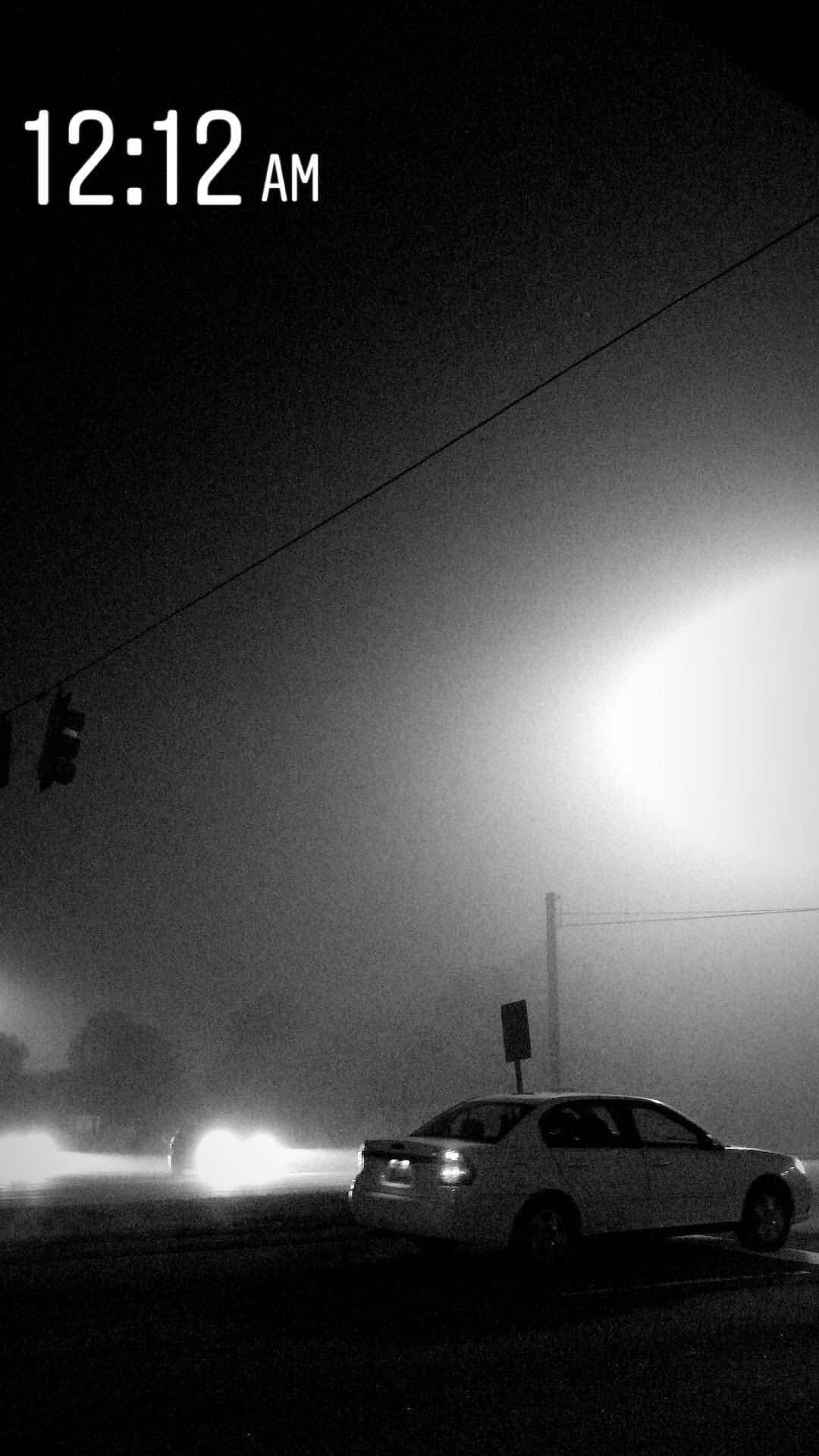Back in October at the Eddie Adams Workshop, Visual Journalist Tom Kennedy gave a presentation in which he said, “photography is writing with light.” Though I knew light was the most important element in photography - because without light, there is no photo - I had never thought about it so poetically.
In the last year, I’ve been documenting light any time it catches my attention. This has made me appreciate it much more while also learning new and interesting ways in which it interacts with objects and people.
To do this, I’ve been using one of my favorite Instagram features - Stories - where I am able to quickly share snapshots of light when I see them. Doing this over a period of time has helped me build a mental archive, allowing me to control light in my professional work.
I was recently talking to a professor who told me that what he appreciates most about photography is that it taught him how to see light, and in-turn appreciate the world in a different way.
Even if you’re not a visual storyteller, I would challenge you to start paying close attention to light everywhere. The intensity, the color, the shape it creates, how it interacts with the world. There is gratification in understanding this small part of life.
Here is my current light journal, which you can also find on my Instagram page:
























